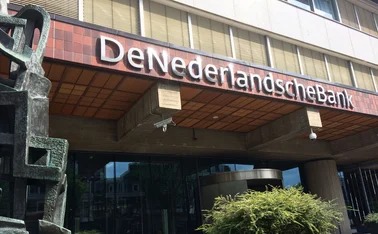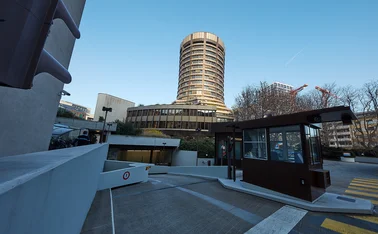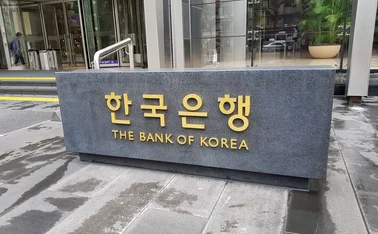
Working paper examines interactions between credit defaults and monetary policy
Countercyclical capital buffers can lessen fluctuations but increase length of slumps, author says

A working paper published by the Netherlands Bank investigates how credit defaults affect the real economy.
In Credit Defaults, Bank Lending and the Real Economy, Sebastiaan Pool presents a dynamic stochastic general equilibrium model including banks, firms and financial frictions using data for the eurozone.
He argues that a positive credit default shock "complicates monetary policy because output falls while inflation goes up". In those circumstances, a central bank must choose "between
Only users who have a paid subscription or are part of a corporate subscription are able to print or copy content.
To access these options, along with all other subscription benefits, please contact info@centralbanking.com or view our subscription options here: http://subscriptions.centralbanking.com/subscribe
You are currently unable to print this content. Please contact info@centralbanking.com to find out more.
You are currently unable to copy this content. Please contact info@centralbanking.com to find out more.
Copyright Infopro Digital Limited. All rights reserved.
As outlined in our terms and conditions, https://www.infopro-digital.com/terms-and-conditions/subscriptions/ (point 2.4), printing is limited to a single copy.
If you would like to purchase additional rights please email info@centralbanking.com
Copyright Infopro Digital Limited. All rights reserved.
You may share this content using our article tools. As outlined in our terms and conditions, https://www.infopro-digital.com/terms-and-conditions/subscriptions/ (clause 2.4), an Authorised User may only make one copy of the materials for their own personal use. You must also comply with the restrictions in clause 2.5.
If you would like to purchase additional rights please email info@centralbanking.com







